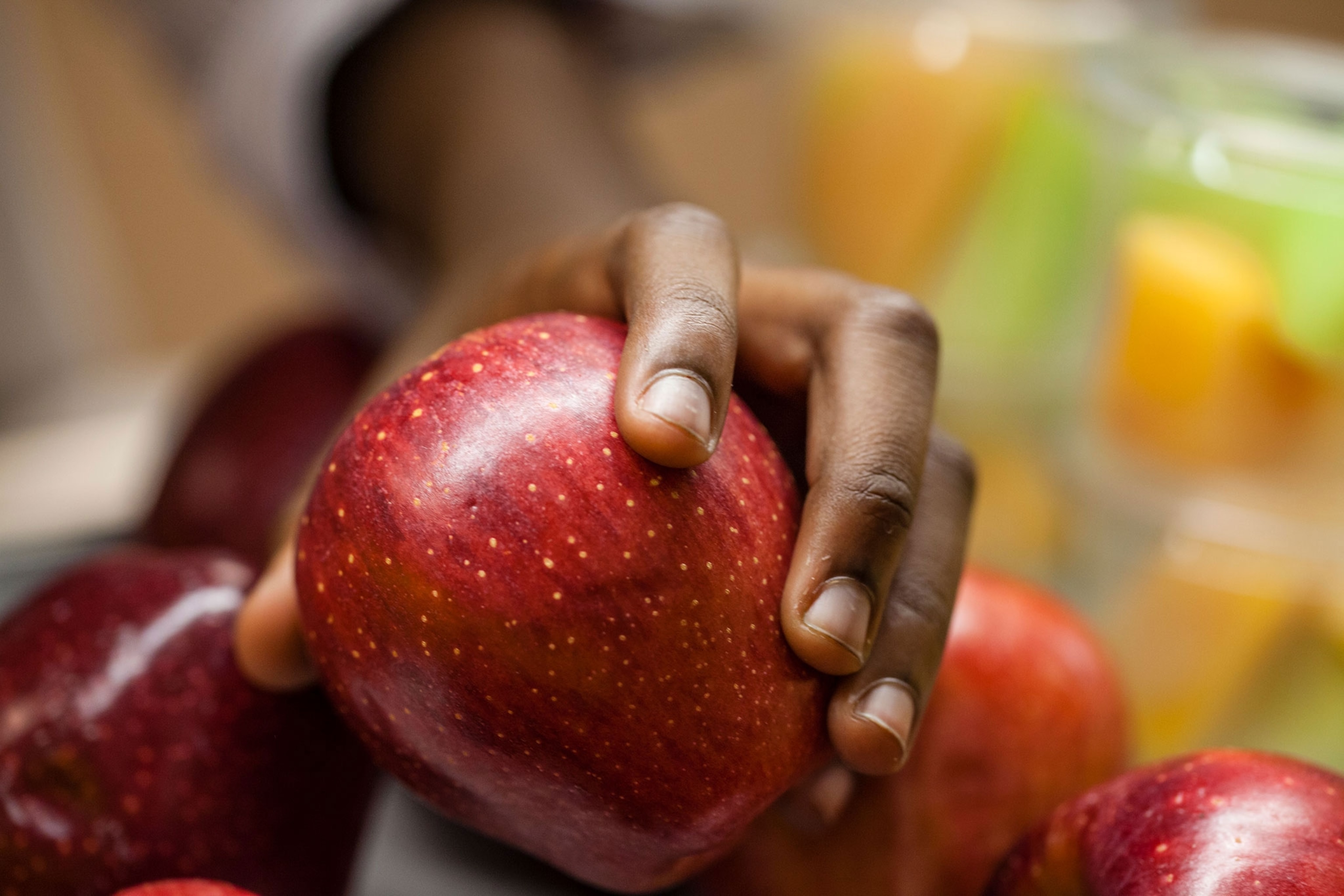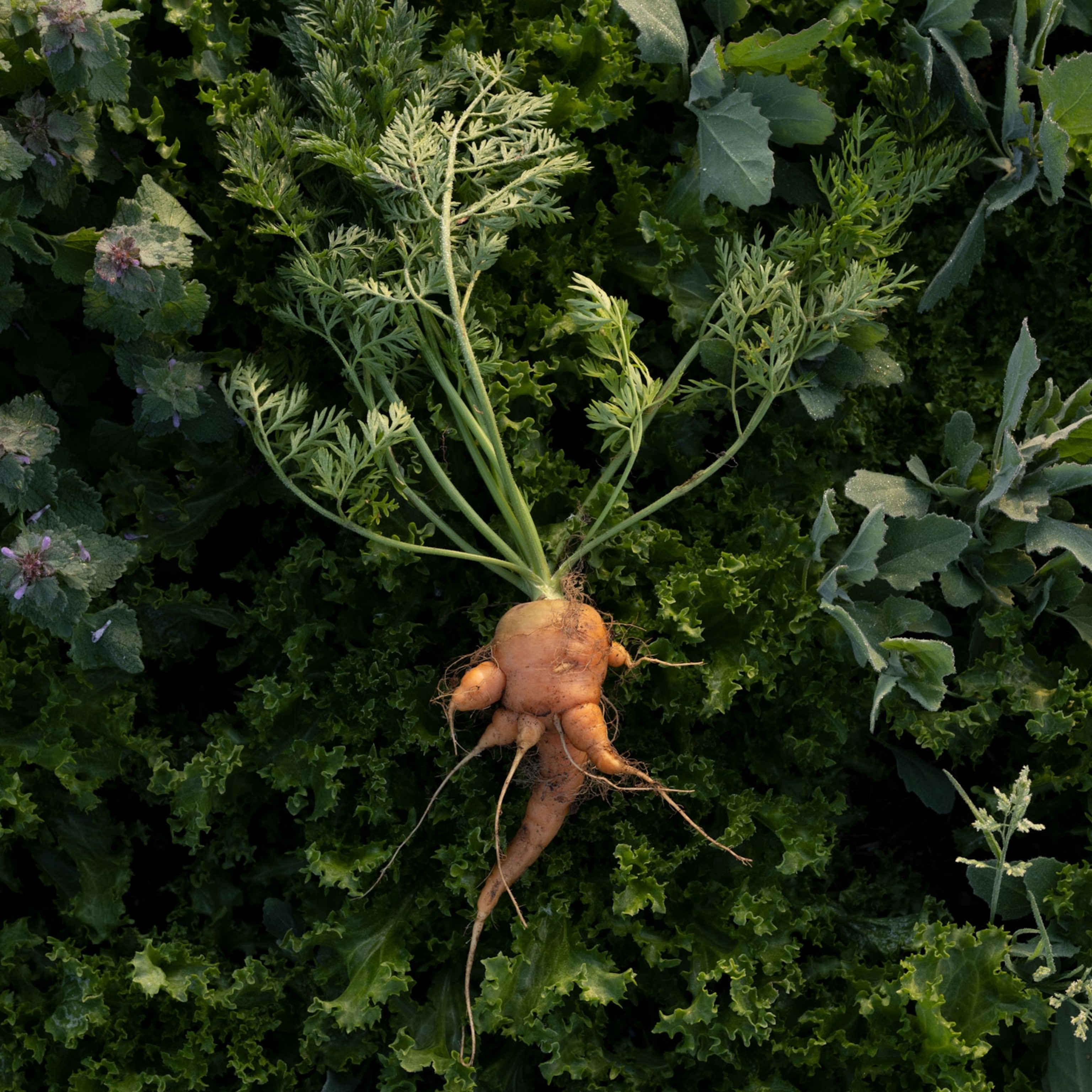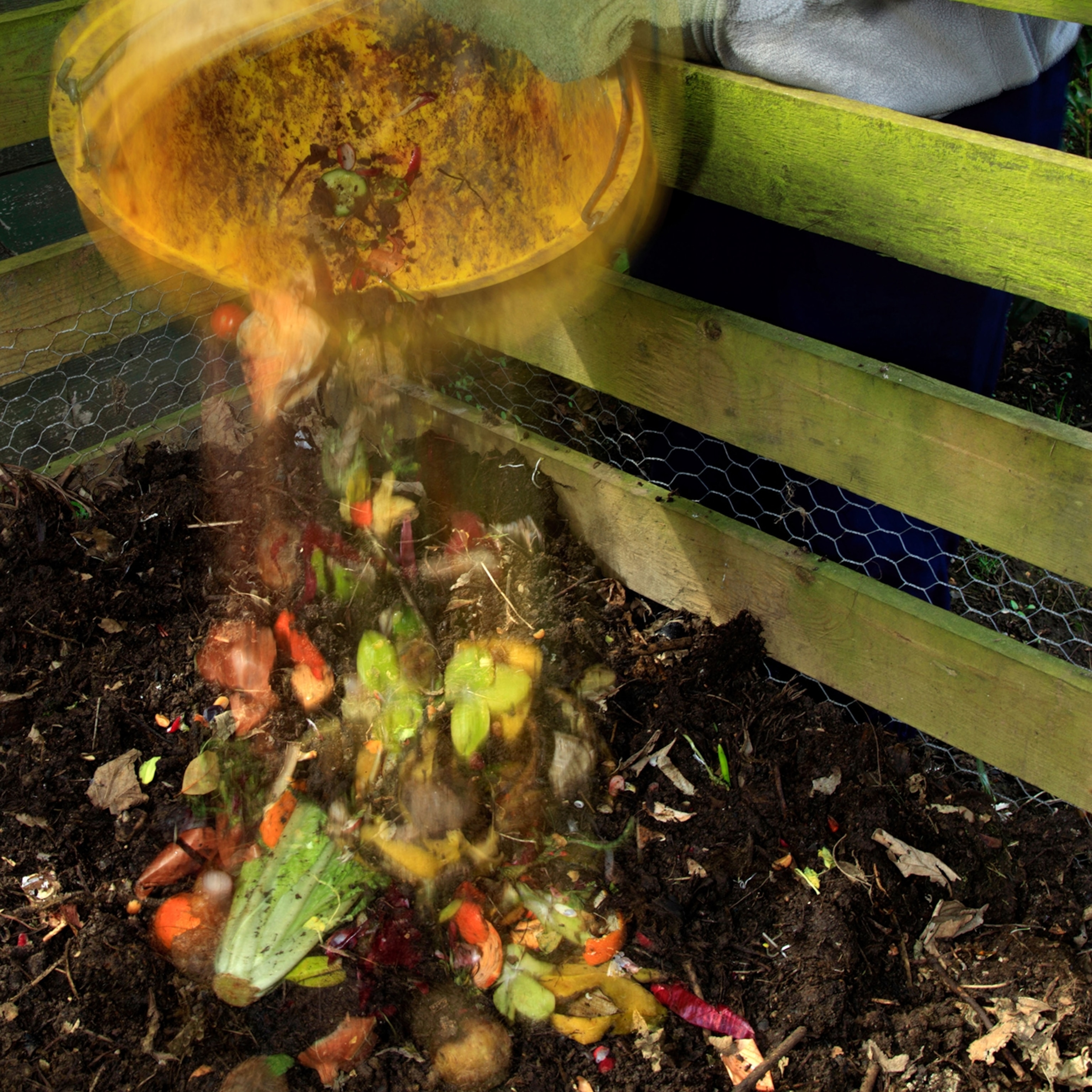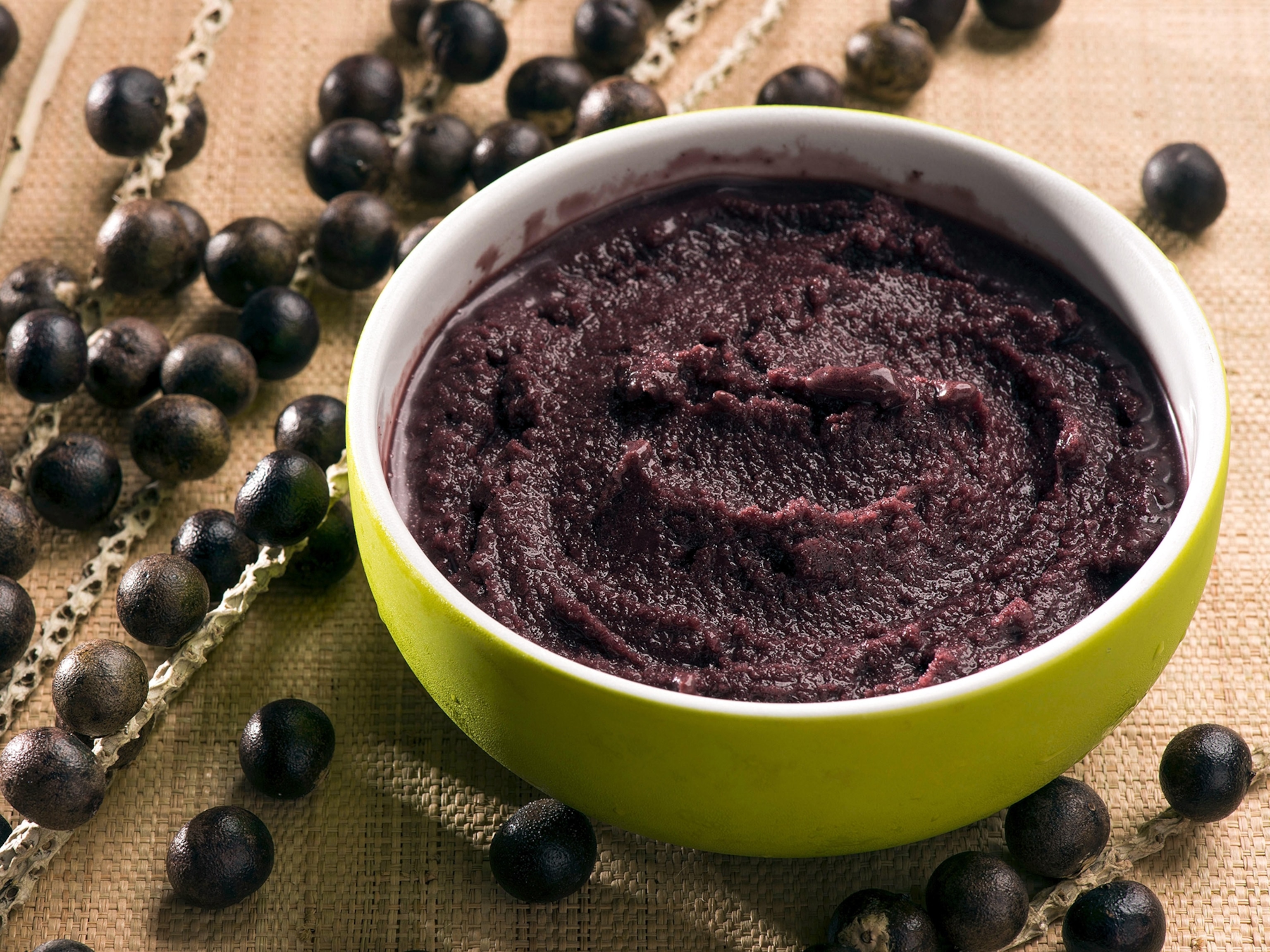
Challenges Linger Over More Healthful School Lunches
A new study shows school food service programs must be creative to get kids to try new foods and throw less away.
After ambitious new standards to improve the school lunches of millions of American students kicked in 2012, “lunch ladies” complained, kids turned up their noses and politicians railed.
The new standards, they said, would make kids abandon the school lunch program, force cash-strapped school districts to struggle to meet lofty new targets—and prompt kids to dump more food in the trash.
A new report issued Wednesday says the picture is hardly as bleak as those predictions. In fact, the report from the Pew Charitable Trusts and Robert Wood Johnson Foundation says that four out of 10 school lunch directors report having few or no problems implementing the standards, and six out of 10 say the same thing for school breakfasts.
“We know that any change of this magnitude takes some time, but our report found that thousands of districts have successfully emerged from the most challenging phase of this transition,” says Stephanie Scarmo, an officer with the Kids’ Safe and Healthful Food Project, which commissioned the report. “Many districts are seeing the light at the end of the tunnel.”
But, according to the 489 school districts across the country that the report’s authors surveyed, some challenges linger, including that kids seem to keep throwing food away. Fifty-four percent of school nutrition directors say they thought students were tossing more fruit than before the standards kicked in, 75 percent say they were throwing away more vegetables and 45 percent more whole grains.This conflicts with previous research suggesting children are throwing less away.
During the contentious battle over the current rules, school nutrition directors and some members of Congress predicted those food types would prove to be problems, and they are very likely to end up in the crosshairs again as lawmakers attempt to renew the law next year.
The 2012 school lunch program revamp was years in the making. Faced with growing obesity rates among school-age children, health advocates led by First Lady Michelle Obama pushed for the Healthy, Hunger-Free Kids Act, overhauling school lunch standards for the first time in three decades. The law set in motion the new rules, calling for lower sodium and more whole grains, and stricter standards on school snacks. The rules also required that each student select a fruit or vegetable with each meal.
Nutrition advocates hailed the standards as a victory. But school nutrition workers, led by the School Nutrition Association, said they were unrealistic, impractical and virtually impossible to meet. Congress agreed, even passing a spending bill that rolled back a requirement for schools to serve 100 percent whole grains.
If you give an apple to a third-grader, they’ll throw it away. If it’s sliced up and easy to consume, kids will eat it.Rodney Taylor, food director for Fairfax County Public Schools
But amid all the noise and controversy, studies emerged showing that more kids were making healthier choices, and that “plate waste”—the amount of food taken from a lunch line but left uneaten—was dropping. One study from the Rudd Center for Food Policy and Obesity found that middle school students at 12 Connecticut schools ate more after the standards kicked in—with about an 18 percentage point rise in vegetable consumption between 2012 and 2014, and a nearly 12 percentage point rise in overall entree consumption.
Researchers at Baylor College of Medicine and Texas Children’s Hospital found that whole fruit consumption rose nearly 18 percent between 2011 and 2013.
The Harvard School of Public Health weighed students’ meals at elementary and middle schools in Massachusetts, finding that students ate a larger share of their entree and vegetables.
Scarmo says these studies collectively suggest that students aren’t, in fact, throwing more food away, and suggested a reason why this survey might indicate that they are:
“It’s likely that directors perceive an increase because we’re asking schools to serve those healthier foods every day instead of just a few days a week, as they did before the updated standards,” she says. This survey was based on food directors’ impressions of plate waste, rather than actual measurements.
Researchers have increasingly focused on estimating the amount of food wasted in the whole country, helping bring the issue to the attention of advocacy groups, food service companies and policymakers. According to the Natural Resources Defense Council, Americans toss out 40 percent of the country’s food—about 20 pounds per person, per month—or about $165 billion-worth a year. Ohio State University and the Pennington Biomedical Research Center are developing an app to help people see how much they’re wasting (see To See Food Waste in a New Way, Start With Your Plate). American cities are launching plans to reduce waste (see Austin Takes a Bite Out of Food Waste).
And for their part, school nutrition directors across the country say they’re getting creative and trying to tackle the problem because tossed food means lost money at a time when budgets are particularly tight. More schools are installing salad bars, where students can pick exactly what they want. Many are trying to make fruit more appealing and easier to eat by cutting them into slices. Some are involving kids in the recipe-crafting and testing process, giving them a sense of investment in the food that comes out of their schools’ kitchens.
“If you give an apple to a third-grader, they’ll throw it away,” says Rodney Taylor, the food director for the Fairfax County Public Schools district, which has 188,000 students and is the 10th largest in the country. “If it’s sliced up and easy to consume, kids will eat it.”
Jeanne Reilly, who heads up the food program at the Windham-Raymond School District in Maine, says creativity is key.
“We’re building our menus around local foods and trends,” she says. “We’re constantly changing and adapting.”
Congress is currently renegotiating the law implementing the school lunch program. The School Nutrition Association, which represents 56,000 school lunch workers, is calling for some compromises in the new law, including easing up sodium restrictions and the expanded fruit and vegetable standards.
But some school lunch directors are asking lawmakers to keep the current, more rigorous standards, saying that kids are finally embracing the more nutritious options.
“I would ask our lawmakers to stay the course,” Taylor says.








